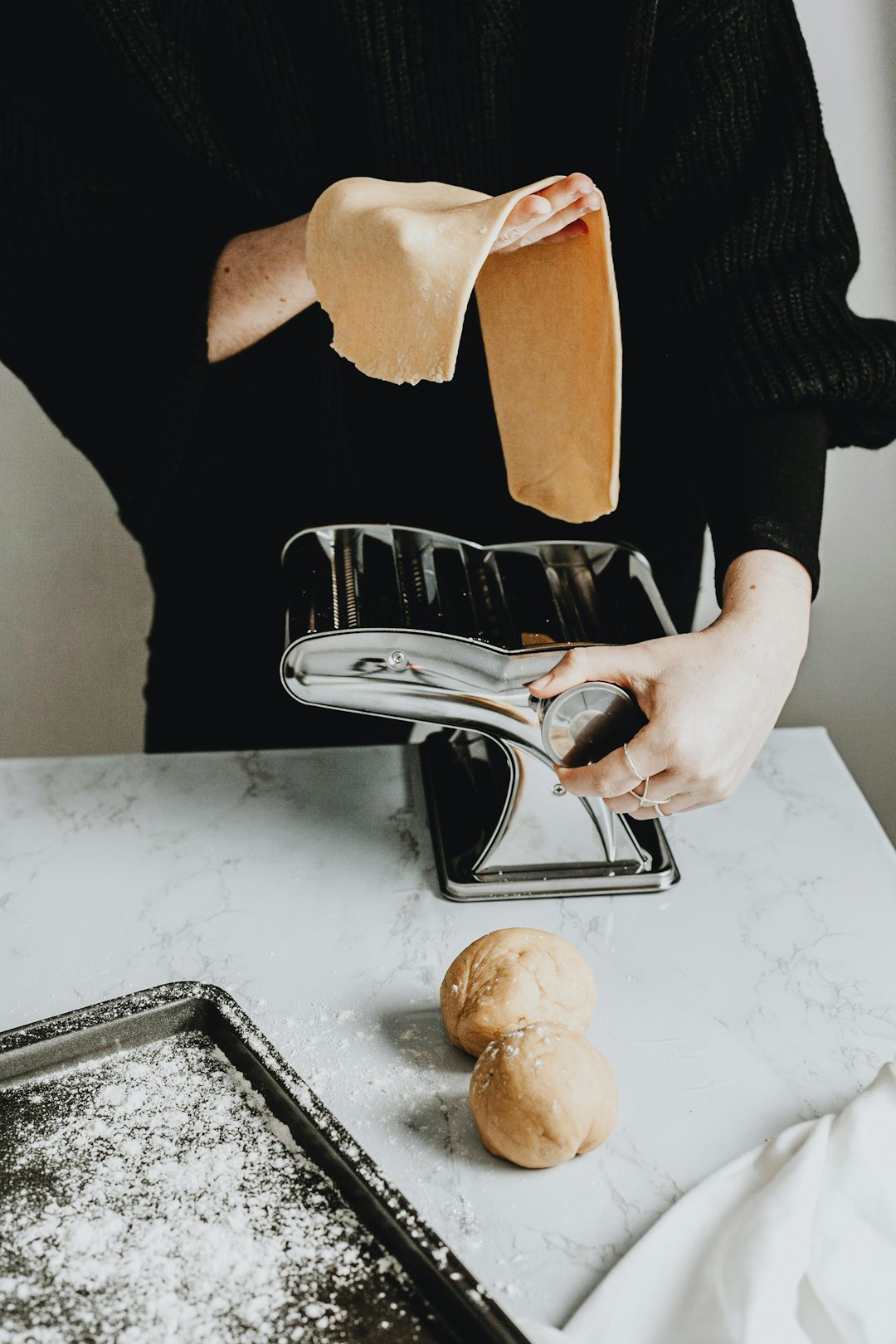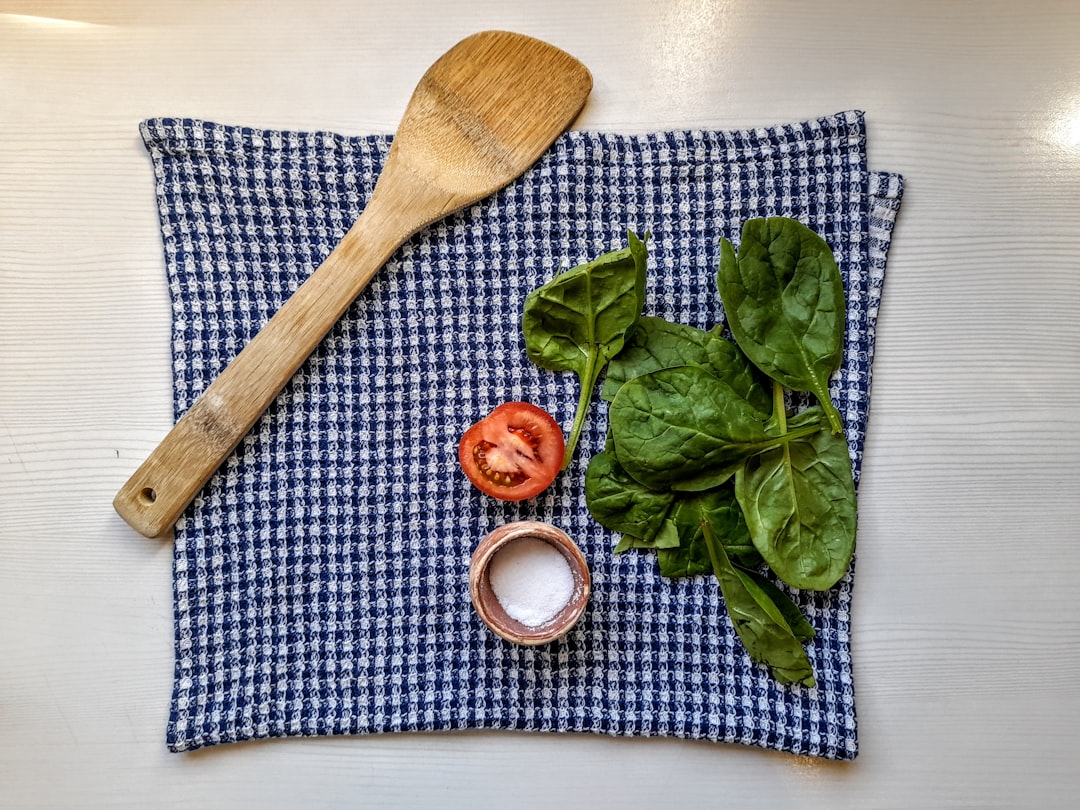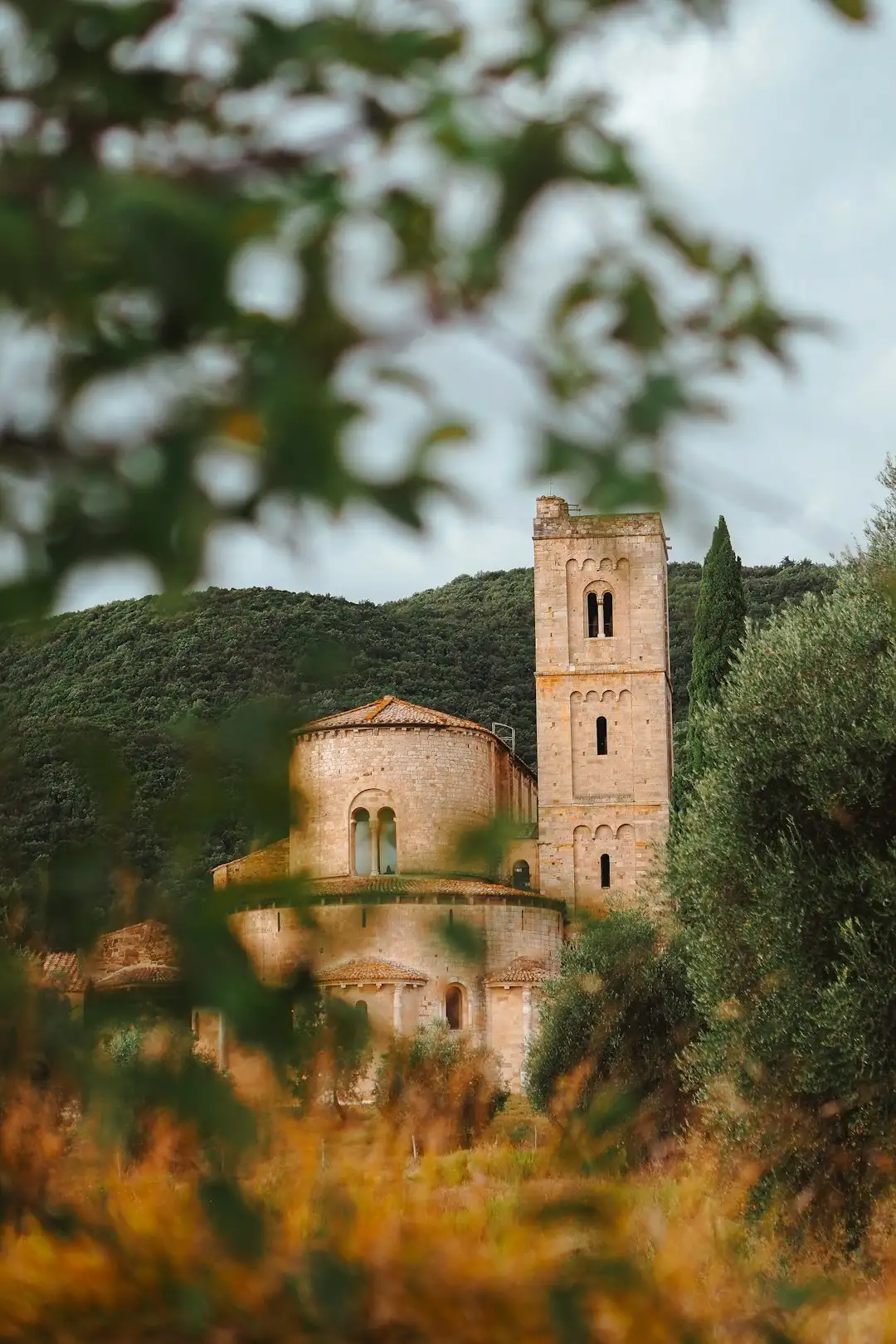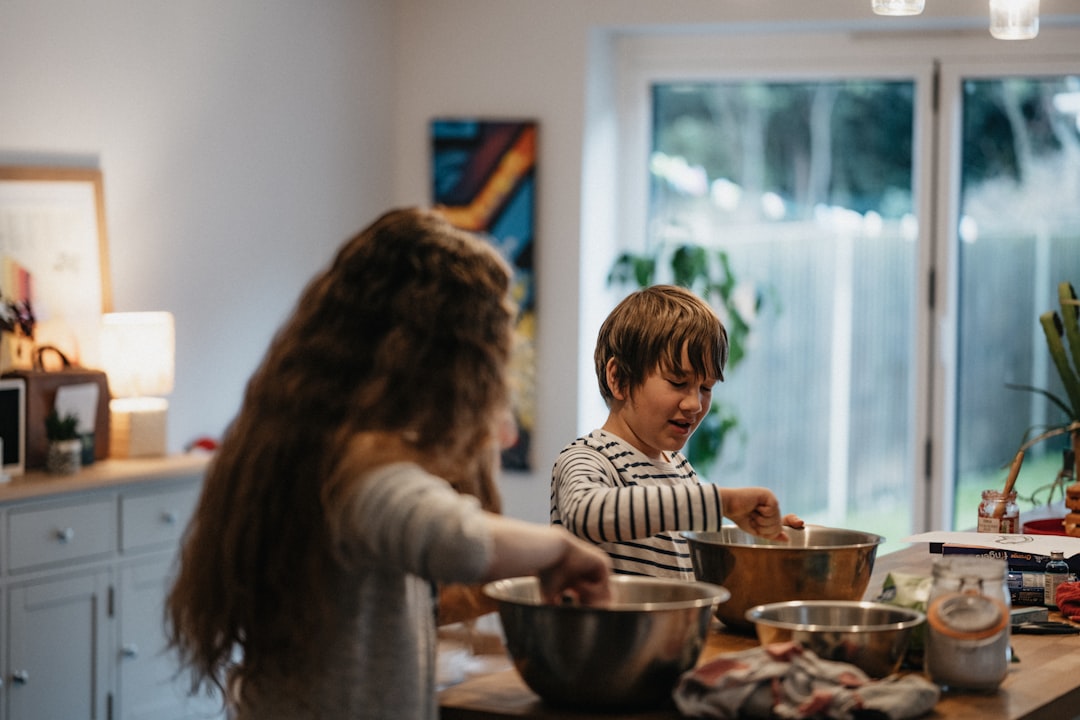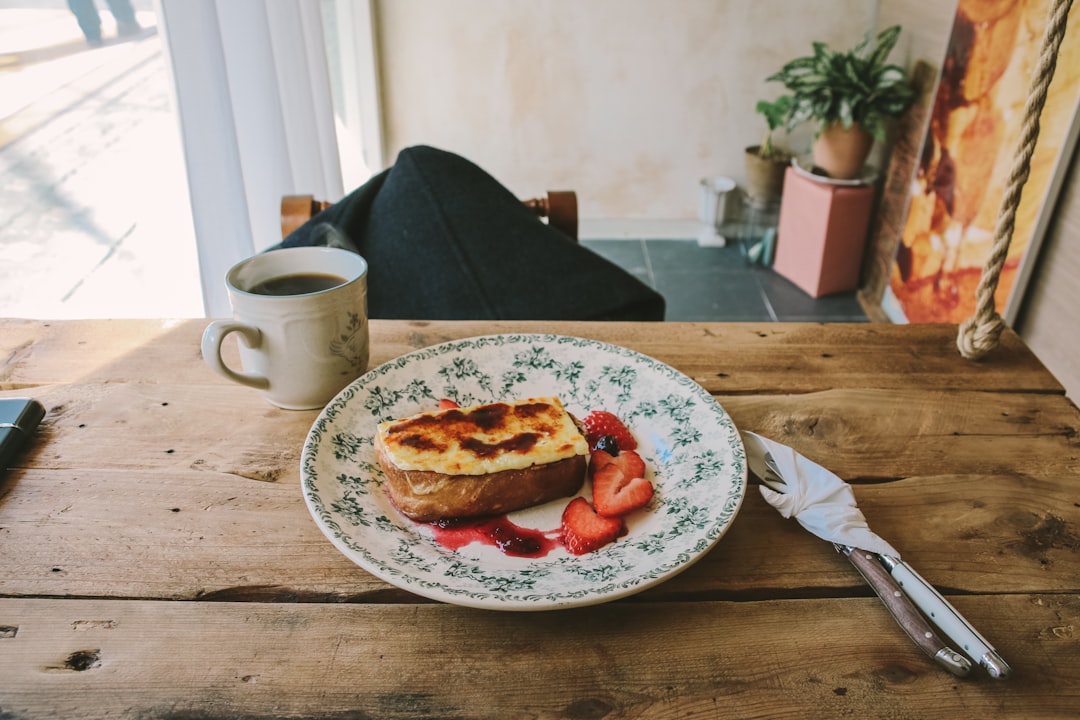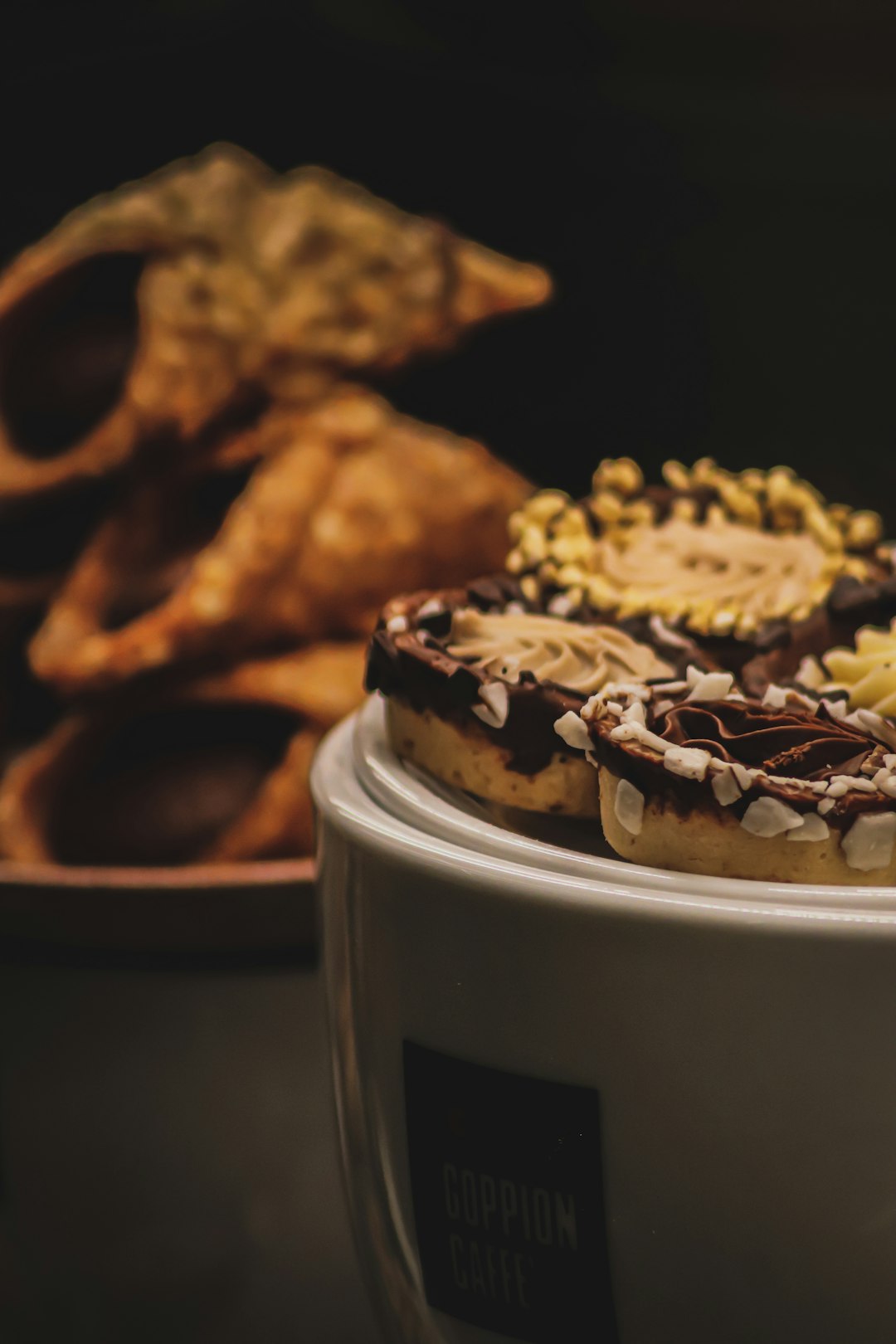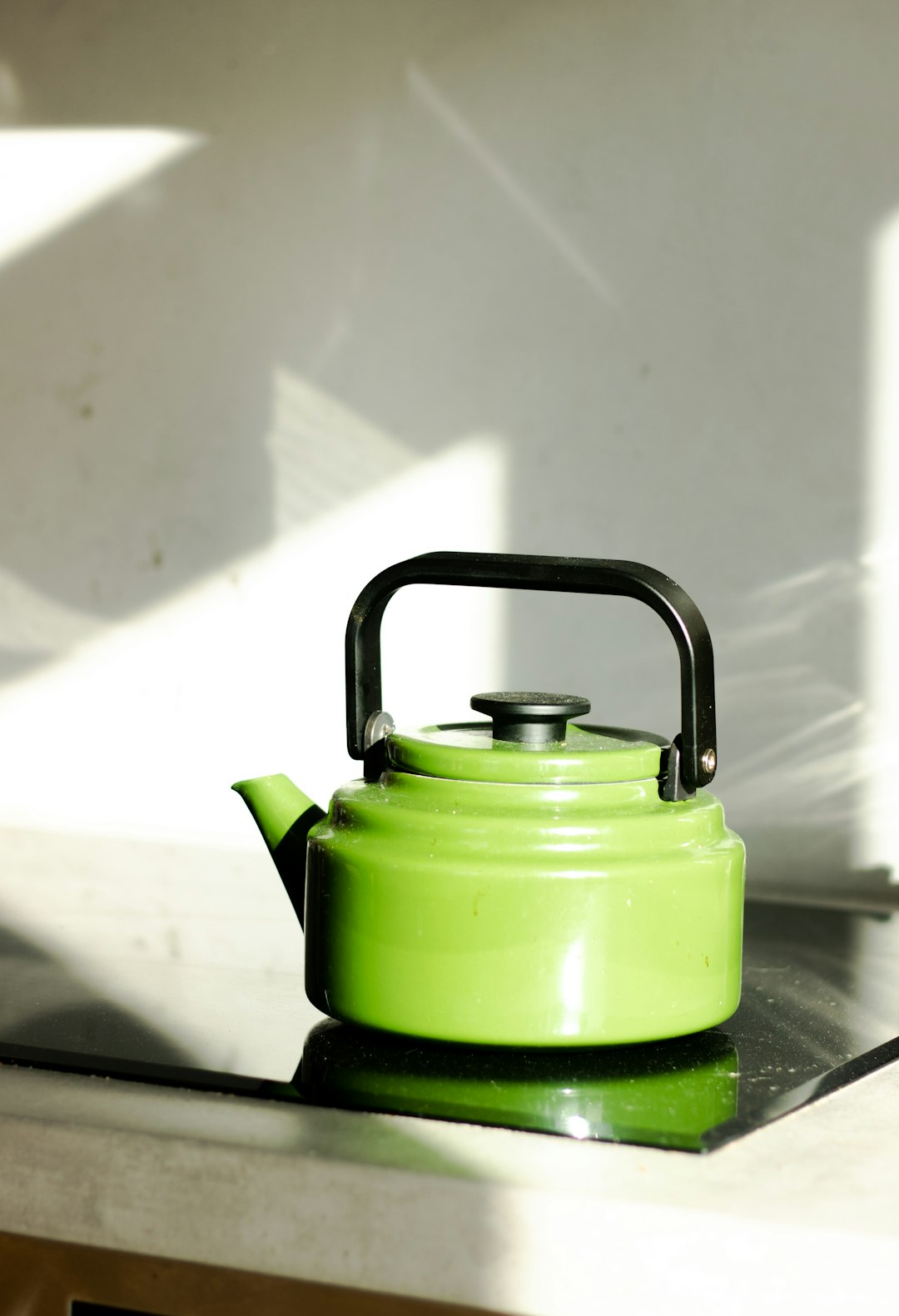My family has a long - standing farming tradition that spans nearly a century. This rich heritage has been passed down through generations, and one of the most cherished legacies is my mother - in - law's exceptional method of cooking corn on the cob. In this article, I'll unveil her well - guarded secret to achieving the perfect corn on the cob.
First and foremost, the selection of corn is crucial. When you're at the market or in your own garden, look for ears of corn that have bright green husks. The husks should be tightly wrapped around the kernels, and the silk at the top should be fresh and golden - brown. Avoid any ears with dry or discolored husks, as these are signs that the corn may be past its prime. Freshness is the key to delicious corn, and the best corn is often harvested just a few hours before cooking. The natural sugars in corn start to convert to starch soon after picking, so the quicker you cook it, the sweeter it will be.
Once you've selected the perfect ears of corn, it's time to prepare them for cooking. My mother - in - law's unique approach begins with leaving the husks on. Many people think that you have to remove the husks completely, but she believes that the husks act as a natural steamer and help to lock in the moisture and flavor. However, you do need to trim the stem end of the corn so that it stands upright in the pot. Also, peel back the husks slightly at the top to remove the silk. You don't have to be overly meticulous; just get rid of the bulk of it.
Now, it's time for the cooking process. Fill a large pot with enough water to cover the corn. Add a generous pinch of salt to the water. The salt not only enhances the flavor of the corn but also helps to keep the kernels firm. Place the corn in the pot, standing it upright if possible. Bring the water to a boil over high heat. Once the water is boiling, reduce the heat to medium - low and cover the pot. Let the corn simmer for about 10 - 12 minutes. The exact time may vary depending on the size and freshness of the corn. You can test for doneness by piercing a kernel with a fork. If the juice that comes out is clear and the kernel is tender, the corn is ready.
After the corn is cooked, carefully remove it from the pot using tongs. At this point, you can choose to remove the husks. My mother - in - law likes to let the corn sit for a few minutes to cool slightly before peeling off the husks. This makes it easier to handle and also allows the flavors to meld. Once the husks are off, you can serve the corn on the cob. But the real magic happens when you add the toppings.
For toppings, there are endless possibilities. A classic choice is melted butter. You can use regular butter or get creative with flavored butters, such as garlic butter or herb - infused butter. Sprinkle some freshly ground black pepper and a little bit of salt on top of the buttered corn. Another delicious option is to sprinkle some grated Parmesan cheese over the buttered corn. The saltiness of the cheese pairs perfectly with the sweetness of the corn. You can also add a squeeze of fresh lime juice for a zesty twist.
My mother - in - law's method of cooking corn on the cob is not just about following a set of steps; it's about respecting the natural ingredients and using simple techniques to bring out the best in them. Whether you're having a family dinner or a backyard barbecue, this perfectly cooked corn on the cob is sure to be a hit. So, the next time you have some fresh corn, give her method a try and experience the difference for yourself.
In conclusion, cooking corn on the cob may seem like a simple task, but with the right approach, it can become a culinary delight. By following my mother - in - law's time - tested recipe, you can enjoy sweet, juicy, and flavorful corn on the cob that will leave your taste buds craving more. So, head to the market, pick up some fresh corn, and start cooking!
